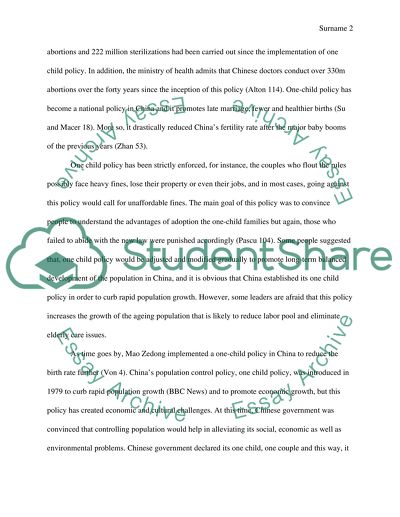Cite this document
(“One-child policy in china Research Paper Example | Topics and Well Written Essays - 2000 words”, n.d.)
Retrieved from https://studentshare.org/english/1496155-one-child-policy-in-china
Retrieved from https://studentshare.org/english/1496155-one-child-policy-in-china
(One-Child Policy in China Research Paper Example | Topics and Well Written Essays - 2000 Words)
https://studentshare.org/english/1496155-one-child-policy-in-china.
https://studentshare.org/english/1496155-one-child-policy-in-china.
“One-Child Policy in China Research Paper Example | Topics and Well Written Essays - 2000 Words”, n.d. https://studentshare.org/english/1496155-one-child-policy-in-china.


